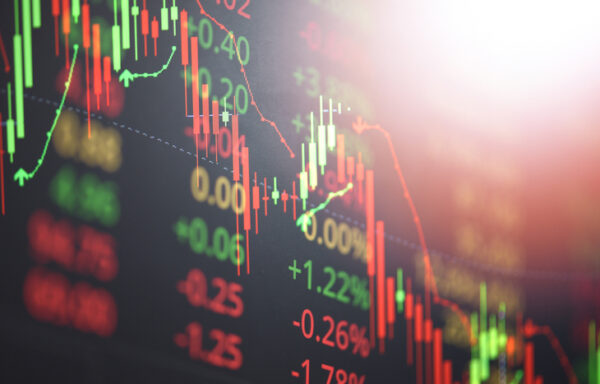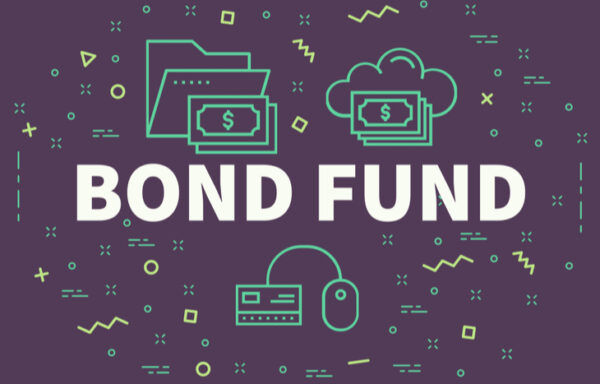What is a Bond Quote?
When bonds trade in secondary markets, they do so at higher or lower deviations from their par value. That current price is the bond quote, and it’s what signals whether the bond trades at a discount or a premium. It represents what investors are willing to pay to acquire that bond and its coupon rate.
Bond quotes are straightforward enough to understand; however, different institutions have different ways of quoting. Investors need to be aware of these as they evaluate bonds. Here’s what investors need to know about bond quotes and how they’re determined and displayed based on the par value and the current market rate.

Premium vs. Discount Bonds
Before we delve into bond quotes, it’s important to remember that bonds can trade at a discount or a premium in secondary markets. The concept is simple, and the quote will reflect market demand at a glance:
- Bonds trading for less than their par value are discount bonds.
- Bonds trading above their par value are premium bonds.
A bond typically trades at a premium or a discount based on its coupon rate relative to prevailing interest rates. The more attractive the bond’s coupon, the higher the premium investors will pay for it. The lower the interest rate, the less desirable the bond and the lower its price.
How the Market Quotes Bonds
When it comes to quotes, 100 is the magic number. In secondary markets, bond prices are quoted as a percentage of the original par value. This percentage is then converted to a point scale, in which one point equals $10. Therefore, a quote of 100 means the bond trades equivalent to its par value. Anything above 100 signals a premium bond; anything below 100 is a discount bond.
New bonds tend to have a par value of $1,000. Using the bond point system, here’s how the market would display various bonds available for trade:
- A $1,000 bond with a quote of 100 would trade for $1,000 (par).
- $1,000 bond with a quote of 101 would trade for $1,010 (premium).
- $1,000 bond with a quote of 99 would trade for $990 (discount).
Again, it comes back to the percentage that the bond trades for relative to its par value. A quote of 101 means it trades at 101% of its par value ($1,010), while a quote of 99 means it trades for 99% of its par value ($990).
The reason market quotes utilize a point system instead of a direct percentage becomes evident when we look closer at how corporations and governments quote bonds. Depending on the type of bond an investor is looking at, they might see quotes listed in any of three different formats: points, fractions or percentages.
How Corporations Quote Bonds
Corporations quote bonds at a more specific level than the market. Each point in the quote scale is further divided into 1/8 fractions, representing increments of $1.25. This allows corporations to quote even more specific values. As a result, the quotes also look different.
For example, a corporate bond quote might appear as 99-1/8, which represents a bond trading for 99.125% of its par value—or, simply, $991.25.
How Governments Quote Bonds
Like corporations, governments also quote bonds in smaller increments, going so far as 1/32 values of a point. These minuscule increments represent 31.25 cents of every $10 point, which narrow the margin of deviation from a bond’s par value.
In this instance, a government bond quote might show up as 99-29/32, signifying a bond that’s trading for 99.906% of its par value—or, in a dollar amount, $999.06.
Other Factors Within a Quote
While the primary purpose of a bond quote is to establish the market value price of a bond at the given moment, other valuable information often accompanies the quote. For example, investors will find value in knowing the Yield-to-Maturity (YTM) of the bond in relation to its price. Some quotes will simply provide the maturity, as well.
Full quotes also include bid-ask prices, to give a representation of the spread. And spread quotes become invaluable when transacting bonds with low liquidity, like sub-prime corporate bonds. In contrast to something like treasuries which are highly liquid, riskier bonds may have larger spreads that exceed $1. In this instance, the quote might appear as: bid-$997, ask-$999, last-$998.
Looking closely at all the information surrounding a quote provides context for why it might trade at a premium or a discount. It can also help investors understand their potential for revenue beyond the par value.
Quotes are Constantly in Flux
As is the case with any marketable security, bond quotes change consistently. While they’re not as volatile as stock prices or quotes for other securities, there’s daily change in quotes that investors need to stay apprised of. Even if they’re not transacting bonds directly, fluctuations in quotes provide insight into the bond market and the effect of changing interest rates.
When looking at a bond quote, whether in points, fractions or percentages, make sure you understand what it means for the price of the bond. Beyond recognizing a discount or a premium bond, traders should recognize the information as the context for why a bond trades at the price it does. It’s up to savvy investors to recognize opportunities in the deviation from par in the bond’s current quote.





